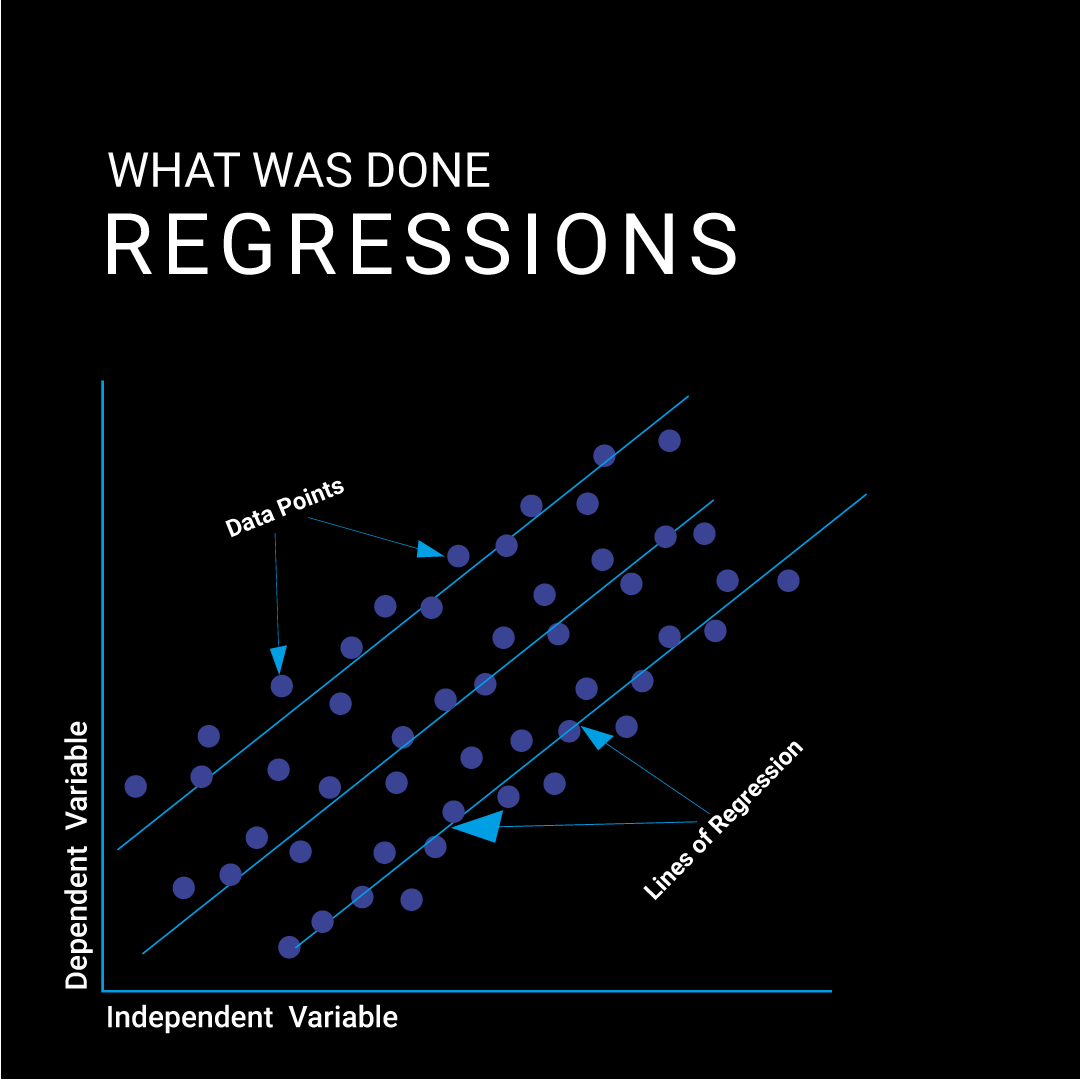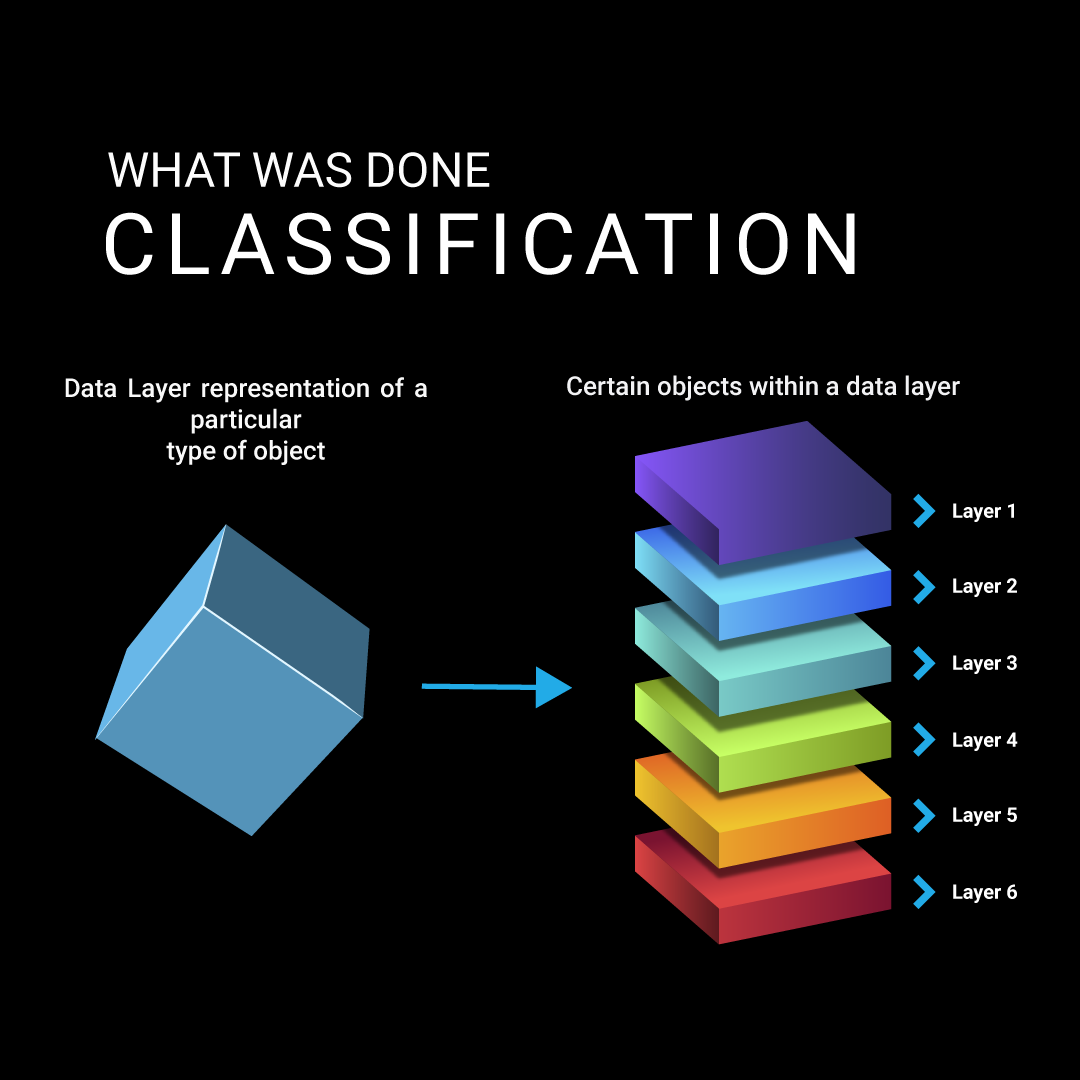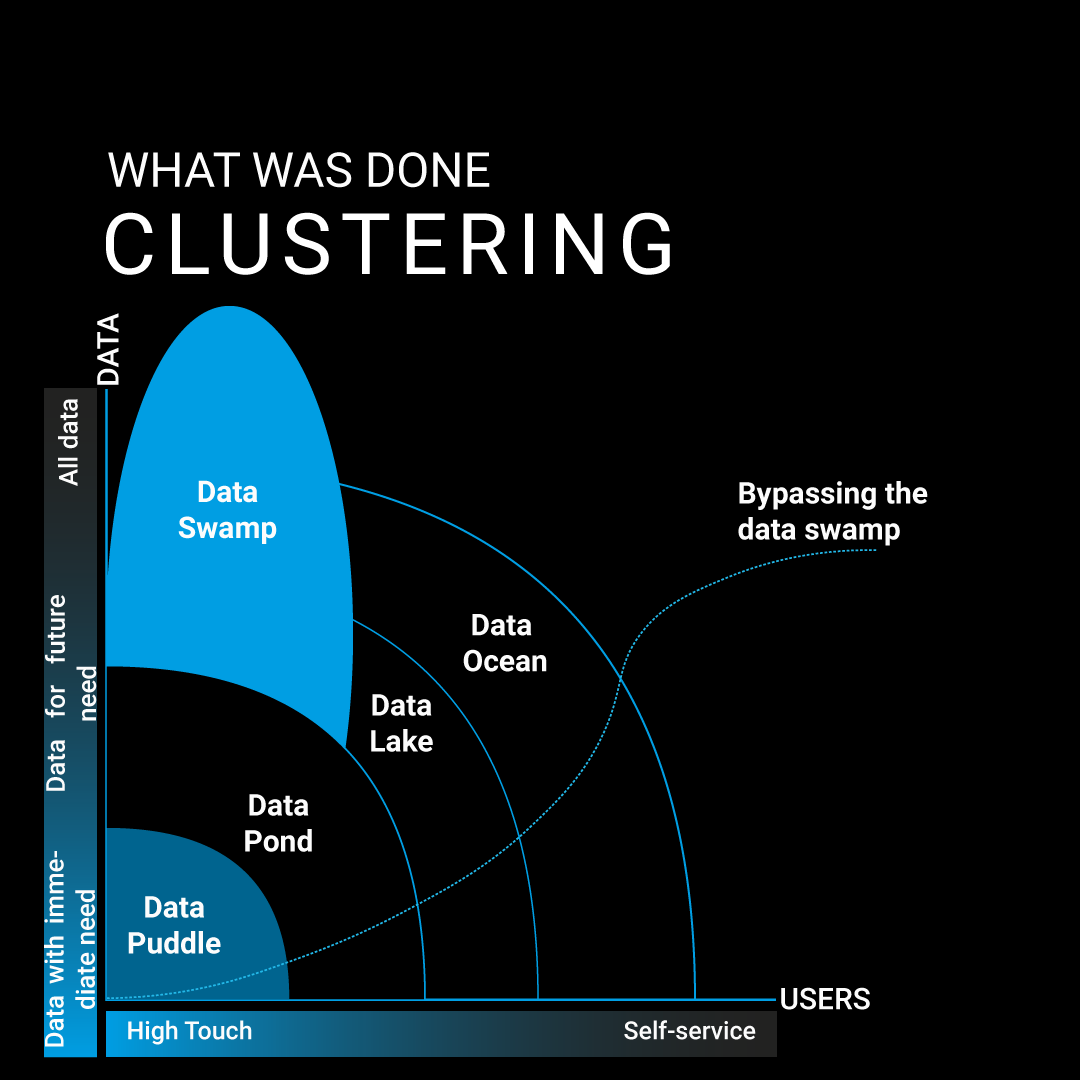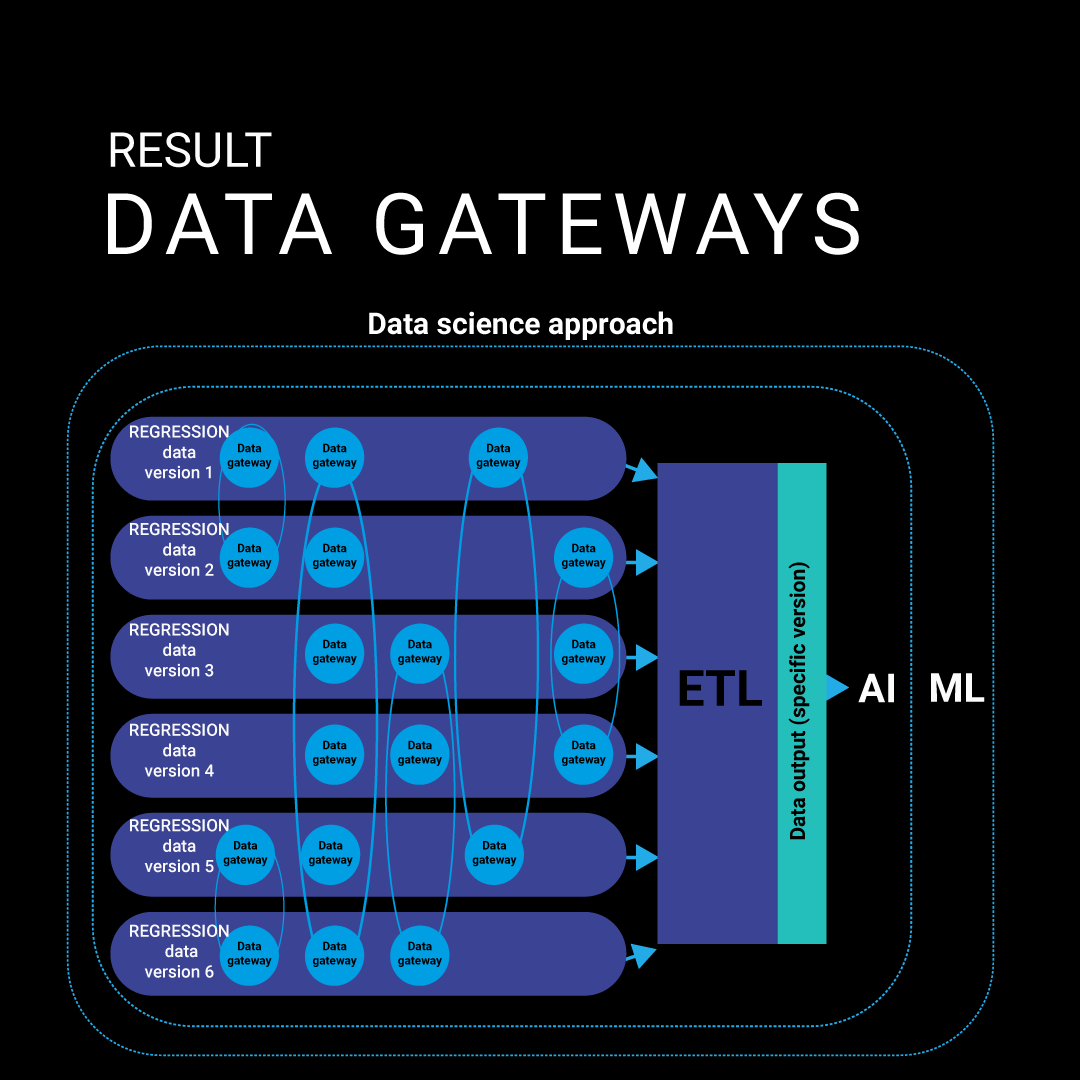Our client (NDA), a company from the telecommunications industry, sought to address a significant challenge faced by many in the sector — predicting and managing tariff plans and creating new ones, suitable for both the consumer and the company. This case study delves into the innovative solution devised to empower our client in the realm of tariff plan prediction and management, offering a comprehensive look at the transformation achieved.
MAIN TASKS FACING THE TEAM
- Implementation of a method in the model that can predict specified events about tariff plans by attributes and other specified criteria.
- Breaking down data into its smallest components, i.e. attributes, for effective interpretation of results by artificial intelligence.
- Integrate the ability to track seasonality in the processed data into the model.
WHAT WAS DONE
Our development team embarked on a journey of implementing four distinct algorithmic steps.
The main families of algorithms were implemented to develop the model:
Regressions
At the heart of our model-building process is regression, a method we will use to predict various values and attributes related to tariffs. To extract, process, and aggregate the necessary data, we used the Extract, Transform, Load — (ETL) tool. The team implemented data retrieval from various types of sources and provided them with a predictive structure to fill in the Data Science Model version using the developed stable version ETL data processing gateways for the regression data cycle. For example, we took 1 terabyte of data for each regression cycle.
This aggregated data, represented in simple data types, is the basis for building forecasts. With the help of regression models, we can predict equipment costs, predict potential revenue from tariff plans or plans that are not in demand and are not appropriate to use, etc. This model will guarantee informed decision-making based on the processed data.

Classification
In the telecommunications sector, it is extremely important to correctly implement the complex interconnection of attributes that will directly affect tariff formation. These attributes were grouped into entity layers, which were organized into a data hierarchy. Version control for CRUD operations was implemented in the entity layers to ensure an accurate version of the regression results. This classification process allows the client to build predictions based on a variety of primitive values and attributes, which contributes to a comprehensive approach to tariff management because the separation and recording of primitive data types has improved the quality of machine learning. In the telecommunications industry, it can be used to classify customer behavior, helping to predict preferred data packages or rates for international calls and other classes.

Clustering
Once the data has been successfully classified, it can be used to build reliable forecasting models. A good example is how we clustered the tariff plans for three different categories of customers.
- For business. To avoid the Data Puddle, and to ensure optimally controlled use of Cloud services, we have spanided and clustered data in the Data Ocean.
- For users. For quick access to Data Puddle data, we have classified data into entity layers so that when running INSERT INTO operations on the server level, we have a response time of up to 280ms.
In other words, these clusters are lakes of data that were stored in separate databases that worked synchronously via Kerberos (a protocol that was also used in the Regression phase) for seamless data management. Data gateways with limited defined capabilities were developed on the customer side by gateways from the ETL solution. The databases return results asynchronously, ensuring optimal speed of result delivery.
This clustered approach allows us to inspanidualize tariff management, serving different customer segments, and we use Kubernetes and Azure Active Directory technology to ensure a high-quality clustering process and reliable operation of the software.

Time series
The developed model provides for the analysis of time sequences, taking into account seasonal dependencies that affect data clusters. This is especially important when taking into account public holidays and weekends, which can significantly affect call costs and usage patterns. By adding holidays and weekends with specific attributes, such as name and date, we get an accurate picture of how these events affect rate usage.
In addition, we see predictable dependencies of future events with a certain percentage of occurrence, because we record repetition in the classified data for given historical events in the order of occurrence of changes in the time series for a specific range of simple data and in a certain order of change in the states in the layers relative to the subject.
In particular, the developed model analyzed data tied to a given geolocation and made forecasts based on the financial condition of the client's customers in different periods. This approach allowed the client to optimize pricing depending on the period and economic situation.
For example, we can see from this data how a business or a person in a country that belongs to a certain industry is developing, or that industries are seasonal in terms of demand for our clients' supply, in turn, businesses and employees working in this industry. When demand for services or products increases or vice versa, the client can provide better and more relevant services.
Data Driven Model Development
The development of our model relied heavily on data and its dependencies. Ensuring the uniqueness of the data without any duplication was extremely important, as the relevance of the results depended on it. Using simple data types and digitizing all data increased the model's efficiency.
Machine Learning and Training
The model was thoroughly trained using machine learning techniques, which allowed it to identify new patterns in the data. Continuous experimentation and refinement were performed during the training process, making the model more and more accurate. Although the model's potential is limitless, it remains limited by the available training data. In the pursuit of perfection, human validation is required until the model's accuracy exceeds 99%. The limited amount of data to be analyzed by the model was 10 TB.
Optimized Data Return Times
The NetLS team developed and launched parallel processes for returning data from RAM and the database.
The data that was requested most frequently was stored in RAM to ensure the fastest return.
Faster information processing is reflected in the speed of data return:
- Less than 160 ms from RAM
- Less than 280 ms from the database
- Less than 380 ms from the database
All data is time-stamped and deleted from RAM within 10 seconds if not requested, with further caching for up to 12 hours according to Data Puddle. This solution ensures that our client can quickly access the necessary data and use it at the right time.
Reporting
In addition, NetLS specialists implemented integration with MS Power BI. This solution improved the convenience of visualizing previous data. MS Power BI allowed us to add additional subsequent filters to the existing data: Time series —> Clustering —> Classification.
RESULT
This four-stage algorithmic approach not only enables our client to forecast and manage tariffs but also to provide customers with solutions that will best satisfy them and prevent them from switching to competitors.
The integration of the ML-based model deepened the client's understanding of seasonal dependencies affecting tariff estimates and thus increased the relevance and effectiveness of existing tariffs while facilitating the creation of customized alternatives.
In addition, this model offers the customer the flexibility to include custom attributes based on a special template in the clustered structure. Such adaptability expands the range of possibilities, allowing the client to improve its offerings and remain flexible in the face of market volatility.
Ultimately, this unique solution is a significant step forward in data-driven decision-making and improving mobile operators' billing processes, allowing the client to increase efficiency and competitiveness in their industry, rather than just looking at conventional business intelligence that takes a long time to analyze.
